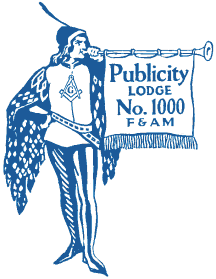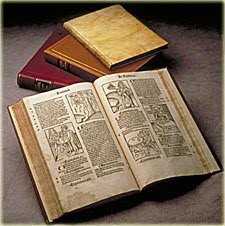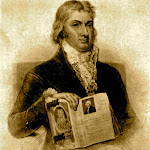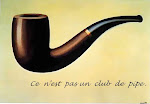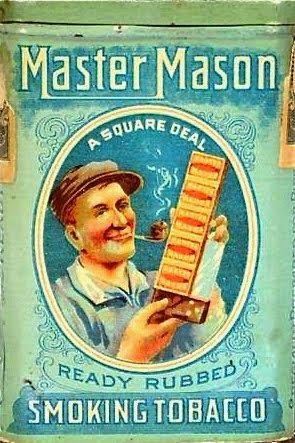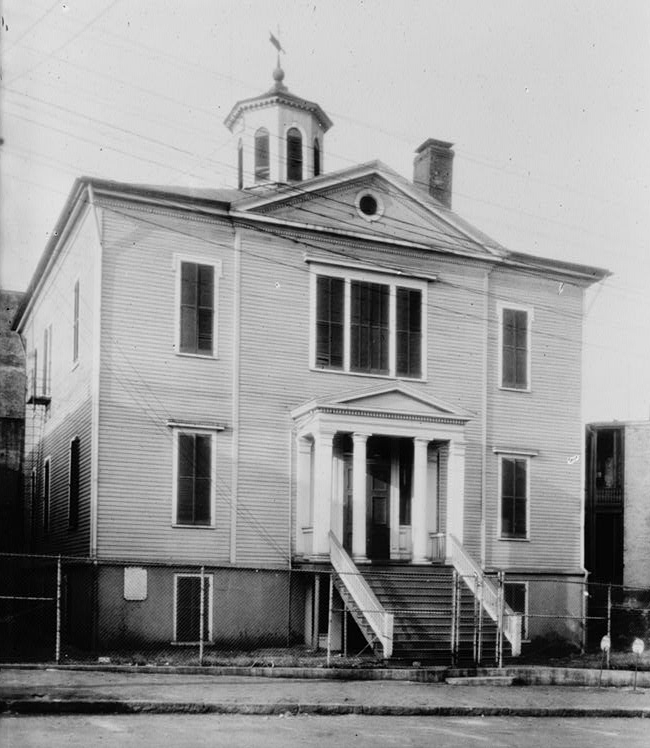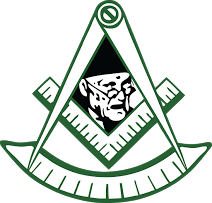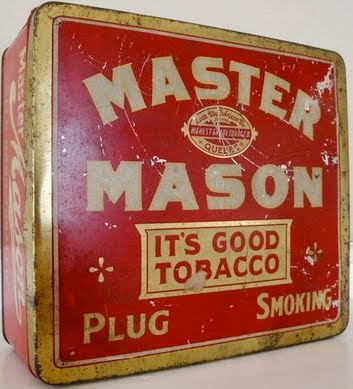I was wrong. Yesterday’s edition of The Magpie Mason does not close out the month of August. This one does.
Just a few hours ago, Mississippi Lodge of Research held its Called Communication in Jackson. What made this meeting different is the brethren chose to adopt aspects of Observant Masonry.
The research lodge dressed up its meeting with candlelight, music, and incense, according to an update on its Facebook page. For their meal together, the brethren went Festive Board-style. “This will be the standard format of our meetings in the future,” it says.
 |
| Courtesy Mississippi Lodge of Research DCXL |
Makes me wonder if someone there attended the Masonic Restoration Foundation symposium two weeks ago.
 |
| Courtesy Mississippi Lodge of Research DCXL |
In other news, this research lodge is part of various programs in the jurisdiction of Mississippi that have educational components, like Deputy School, for example, and the Emerging Leaders Program. Imagine that: The Craft’s leaders being educated on the subject of Freemasonry. I’m in somewhat regular contact with many lodges of research and education around the country, and I cannot name another that is part of such initiatives. Bravo!
The lodge will meet for its quarterly communication on Monday, October 14 at the York Rite building in Jackson.
There also is the Collegium Masonicum, which unites the state’s Craft lodges under a single purpose to educate Masons. Each member of the college is already a member of the research lodge, and serves as a delegate from his mother lodge. The master of the research lodge is the magister of the Collegium Masonicum, and he appoints brethren to the college.
On August 8, Indianola Lodge 450 hosted its quarterly Masonic Education Lecture Series meeting, welcoming the research lodge’s senior warden who discussed the moral applications of the working tools. Indianola Lodge submitted a press release and photo to the local newspaper, which published the news.






